A contextual end cut is a feature with multiple inputs that depends on external objects, in our case, another shape, to be placed.
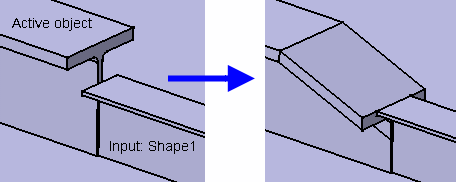
The Catalog Selection for Endcut dialog box opens listing the various shape section types for which end cuts have been defined.
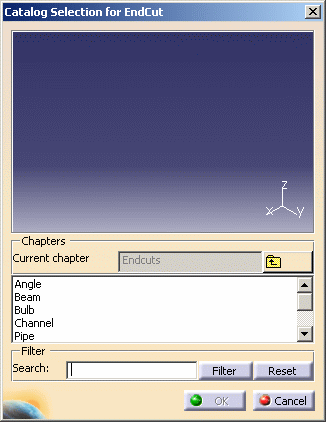
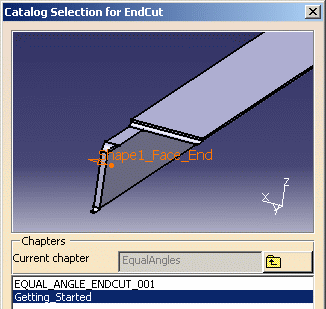
The Instantiate Feature dialog box opens. The Feature field lists the selected end cut.
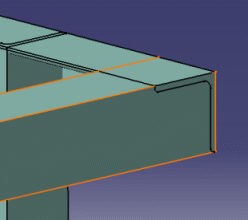
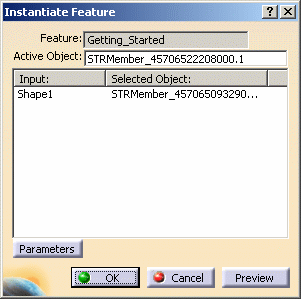
Note: The end cut is identified in the specification tree under the shape on which it is placed.
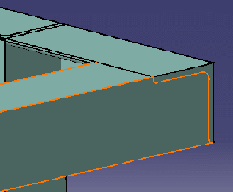
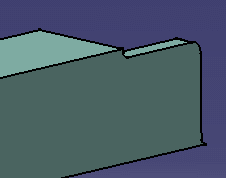
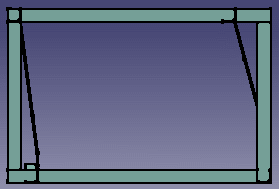
![]()